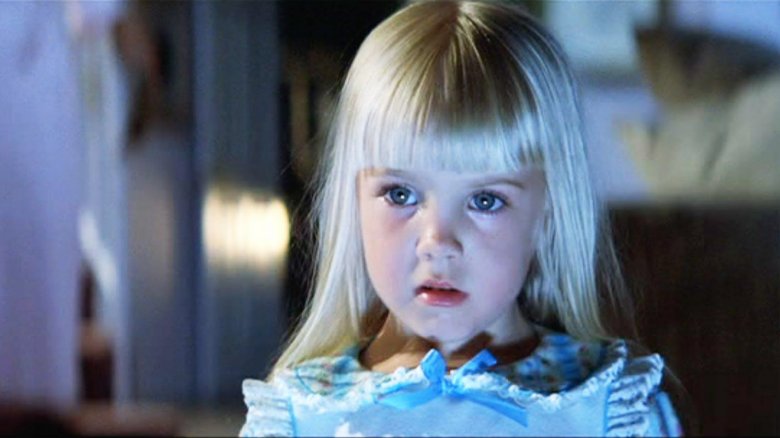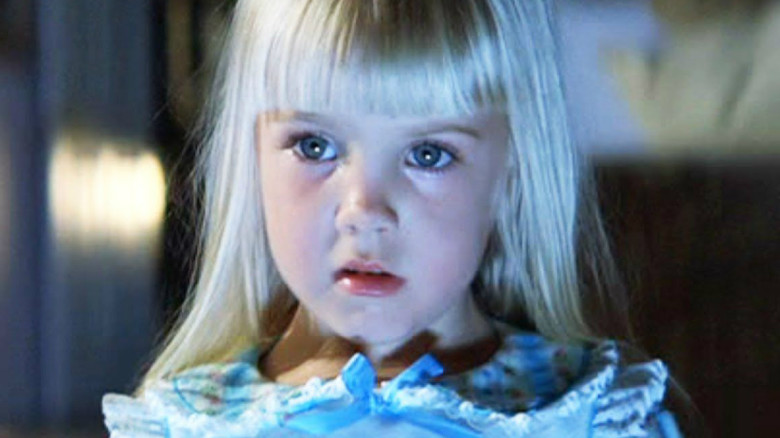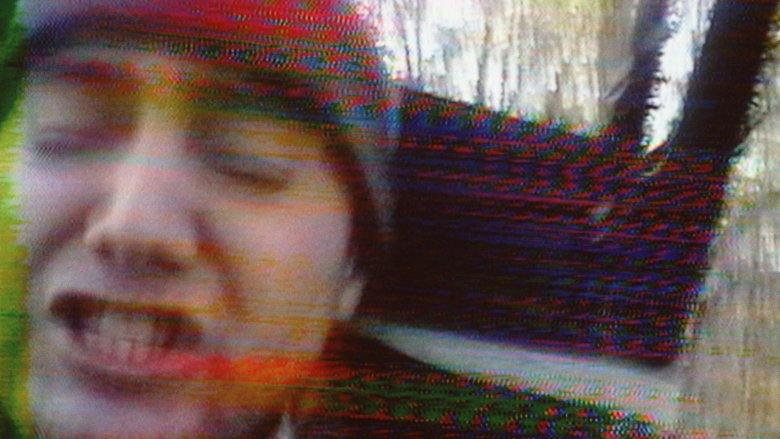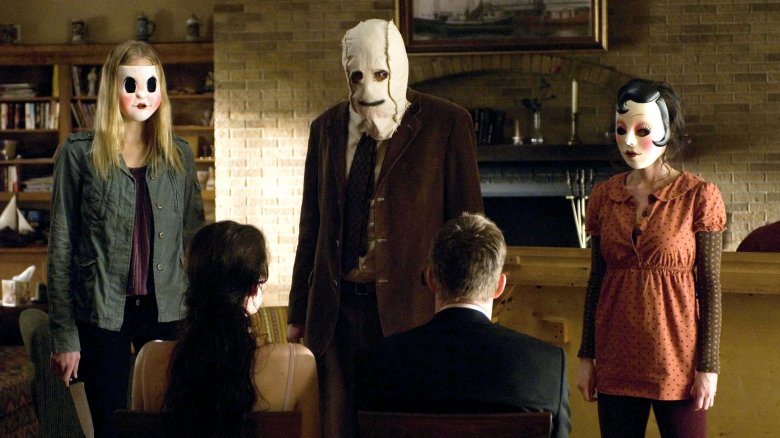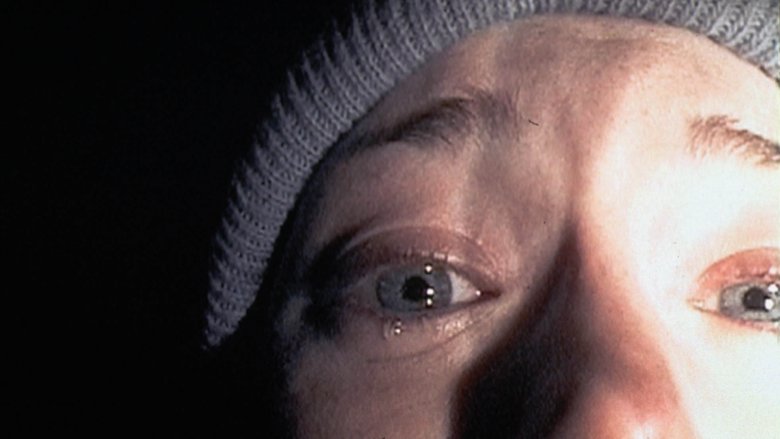
When the leaves start to turn color and drop to the ground and the air gains a certain crispness, many people’s thoughts turn to fancies of the spooky, and even relatively normal people begin to seek out horror movies. While there’s no shortage of new horror movies debuting every week in theaters, on streaming, and on video on demand, there’s nothing quite like cuddling up on the couch with a stone cold horror classic.
But how well do you know the classics of the horror canon? Chances are you may have heard a tasty tidbit about these movies, and maybe even passed it on, hoping to impress your friends with a fun and maybe shocking fact about the horror movie you’re watching. Maybe you heard it really happened. Maybe you heard the production was cursed. What you may not know is that in some of these cases, you’re helping in the transmission of a myth, a legend, an un-fun un-fact.
So here are some counter-facts with which to parry any false claims about the icons of horror a friend might throw at you. Arm yourself so you can turn the tables on their “um actually”! What could be more important than being the smartest person at the Halloween party?
‘I never speak … English’
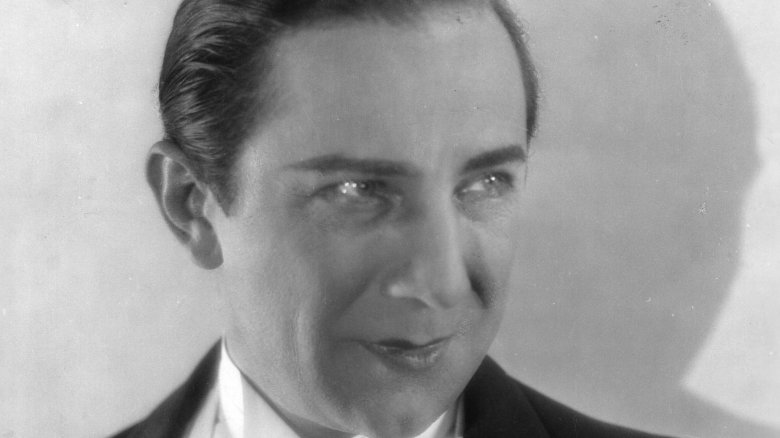
Although dozens of actors have portrayed the King of the Vampires in film and on TV, there is no question that the iconic Dracula is still the first actor to play him on the big screen, Bela Lugosi. Close your eyes and think “Dracula,” and you probably envision Lugosi’s slicked-back hair, his black cape and fancy pendant, and his thick Hungarian accent teasing out, “I never drink … wine.” This shows the power of 1931’s Dracula from Universal Studios, one of the first “talkie” horror films, because despite the huge pile of films featuring Bram Stoker’s famous vampire, Lugosi only played Drac twice, with the second being in Abbott and Costello Meet Frankenstein.
Dracula was a breakthrough role for Lugosi and the one that made him a household name in America. As such, a rumor has long gone around that at the time of Lugosi’s performance in Dracula he didn’t speak English but rather recited his lines phonetically, which accounts for the famously stilted cadence in his delivery. As Legends Revealed explains, though, this just isn’t true. By the time of the 1931 film, Lugosi had been playing Count Dracula on stage for years (also not performed phonetically) and spoke English as well as he ever would.
He did, however, speak his lines phonetically in his 1922 Broadway debut in The Red Poppy, so there is a kernel of truth to this myth even if he had nearly a full decade to brush up his English in time to play Count D.
The Hunchback of Know-His-Name
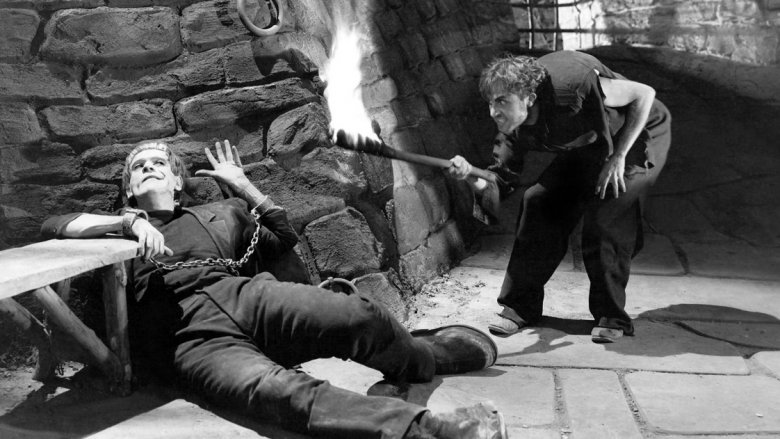
Universal Studios’ Frankenstein is one of the all-time classics of the horror genre, and the foundational text for American horror for decades after its release in 1931. Everyone knows the classic scenes — “It’s alive!”, etc. — and everyone can name the classic characters: Frankenstein’s monster; Frankenstein’s monster’s doctor, Dr. Frankenstein; and, of course, Dr. Frankenstein’s hunchback assistant, Igor. Igor is such an icon that he was spoofed by Marty Feldman as Eyegor in Young Frankenstein and inspired the 2008 animated feature Igor. You can picture him, can’t you? His wild eyes, his wicked scoliosis, his Peter Lorre-esque voice saying “Yes, master”?
Well, here’s some Frankenstein-sized bad news: You’re picturing a fraud. There is no such Igor in the classic Universal Frankenstein films. Frankenstein did have a hunchback assistant in the original film played by Dwight Frye, but his name was Fritz. There was an assistant of Dr. Frankenstein’s named Ygor in the sequel films Son of Frankenstein and Ghost of Frankenstein, but he wasn’t hunchbacked, and he doesn’t match the picture of the prototypical Igor you have in your head. He was played by Bela Lugosi and he had a beard and a broken neck that made his head lean to the side, but no real hunch.
How did the name Igor get attached to the image of a hunchback assistant? Well, enough different Igors came together through the century to create the stereotype we know and love today.
Dracula, Prince of Silence
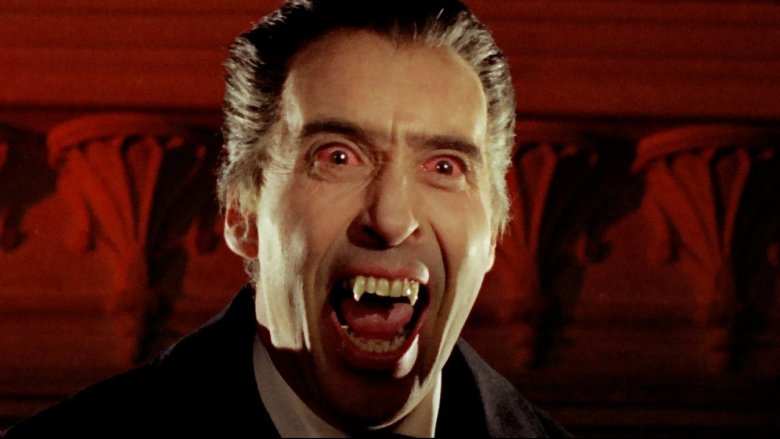
While Bela Lugosi is the most iconic film Dracula of all time, Christopher Lee is probably a close second, if only due to the sheer volume of Dracula films he starred in. Lee played the Transylvanian terror in ten different films: seven for Hammer Studios starting with 1958’s Horror of Dracula, plus 1970’s Count Dracula, 1970’s One More Time, and 1976’s Dracula and Son.
Despite the willingness of Lee — famously a lover of classic horror and fantasy literature — to play the Count over and over, there is a question of how much he enjoyed it, if only because he wanted the films he starred in to better reflect the character he loved. The most famous example of this comes in the third Hammer Dracula film, 1966’s Dracula Prince of Darkness, where you might notice something weird about the Lord of the Undead: He never says a single word.
According to Lee himself in very many different interviews, the reason for this is simple: The dialogue was so terrible that Lee refused to speak it. This story has taken hold in the consciousness of fans and is oft repeated. But screenwriter Jimmy Sangster counters Lee’s claims, saying Dracula doesn’t speak in the film because Sangster didn’t write him any dialogue. “Vampires,” he says in a book on the film’s production, “don’t chat.” Newsletters from the time of the film’s production plus a look at the film’s shooting script back up Sangster’s take rather than Lee’s later recollections.
Technical direction for the Devil
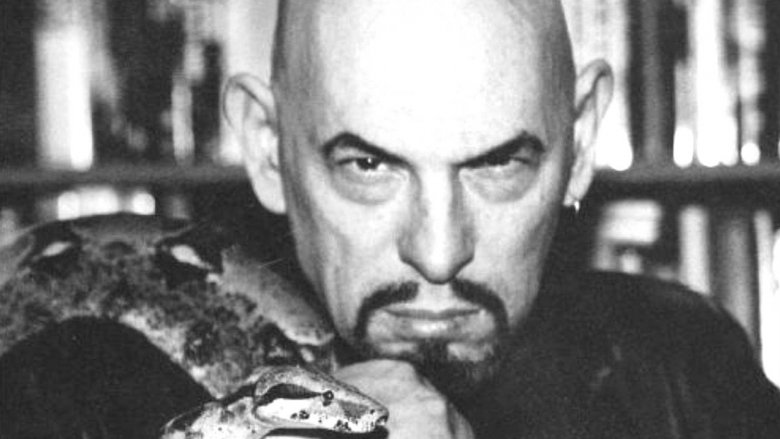
Besides The Exorcist, there may be no other movie people like to trot out as an example of “too classy to be horror” than 1968’s Rosemary’s Baby. Completely ignoring the reprehensible crimes of its director, it is definitely a movie full of mod fashions and Satanists, and has there ever been a Satanist more fashionable than Anton LaVey?
Besides being fashionable, LaVey (pictured) was a savvy self-promoter, turning himself into the world’s most famous Satanist at a time when no one else thought that might be a desirable position to be in. One of the biggest ways he built up his own legend was by spreading the “fact” that he was not only the technical adviser for the devil-worshiping aspects of Rosemary’s Baby, but that he was also the actor who played the Devil himself. LaVey told this story throughout his life and the devil is pretty obscured in the movie, so … maybe?
Well, no. As Legends Revealed, er, reveals, one producer on the film says there was no technical adviser on the film at all, and another producer, famous horror director William Castle, kept a detailed account of the filming and never mentions LaVey once. Furthermore, the father of Mia Farrow’s body double (from the Devil scene) says the actor playing El Diablo was way too small to be the beefy LaVey. To be fair, if you’re going to dedicate your life to the Father of All Lies, you’re probably going to tell a few yourself.
The Curse of Pazuzu
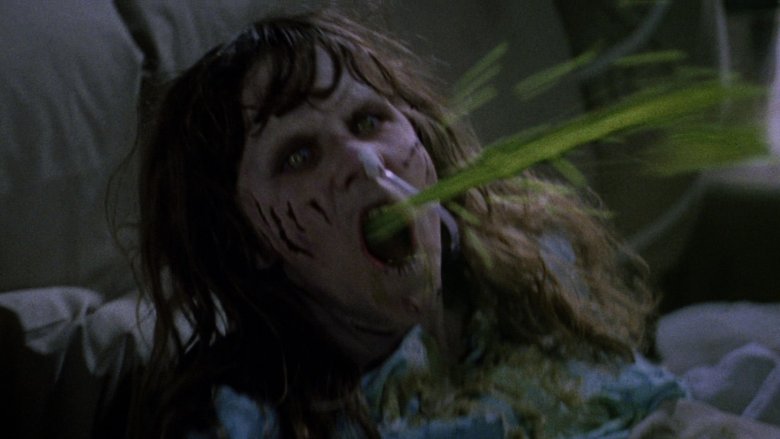
If you can’t claim your scary movie is based on true events, another way to help secure the legacy of your cinematic spookum is to claim that the production was cursed. And sometimes, if you’re 1973’s The Exorcist, you can do both. The novel of the same name by William Peter Blatty was inspired by the real-life exorcism of a child known pseudonymously as Roland Doe. Some people believe that as a result of adapting a true tale of demonic possession the film production was haunted and/or cursed.
The 13th Floor gives some examples of evidence for such a curse: The set being used as the MacNeil’s home caught fire, with only Regan’s room being left unharmed. Actress Ellen Burstyn was hurt in a scene where she was thrown to the ground; Linda Blair hurt her back when a piece of rigging broke. Two actors whose characters died in the film died in real life during the film’s post-production, and relatives of people involved in the production were hurt and killed. Some people thought the literal film stock was cursed, including evangelist Billy Graham, who said, “The Devil is in every frame of the film.”
The spurious existence of curses aside, people get hurt on all sorts of film sets and some of the deaths associated with this film actually took place much later, and strangely it was none of the main cast and crew who died. But then again, maybe the death of an 89-year-old actor is the sign of a demonic presence.
The Texas Chainsaw Documentary
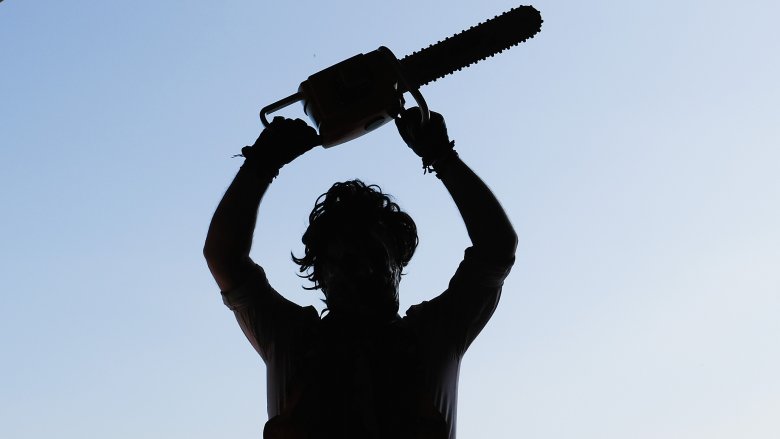
It turns out it’s actually incredibly common for horror films to try to ramp up the terror of their story before the plot even gets going by claiming the movie depicts true events, which will hopefully help viewers suspend disbelief and make everything that happens therein feel higher stakes. 1974’s The Texas Chain Saw Massacre is no exception to this trend, with promotional material (including the cover for the original videocassette) claiming that the film was “based on a true incident” that happened to “five youths” on “an idyllic summer afternoon.” The 2003 remake really doubled down on this, making the same claim on screen and as the tagline on its posters.
Well? Did it happen? Were a vanload of young people killed by a cannibalistic Texas family in their spooky house made of bone furniture, hacked and impaled by a large, nonverbal man in an apron who wears another person’s face on his face? Nah. As Snopes points out, Texas Chain Saw Massacre is “based on a true incident” in precisely two ways: 1) Director Tobe Hooper was aware of Ed Gein, a real-life murderer and grave robber who made furniture out of skin and bone and who also inspired Psycho and Silence of the Lambs, and 2) one time Hooper imagined himself chainsawing his way out of a crowded department store. That’s it. Don’t let the grimy documentary feel of the 1974 classic convince you that you’re actually watching a documentary.
Who’s in charge here?
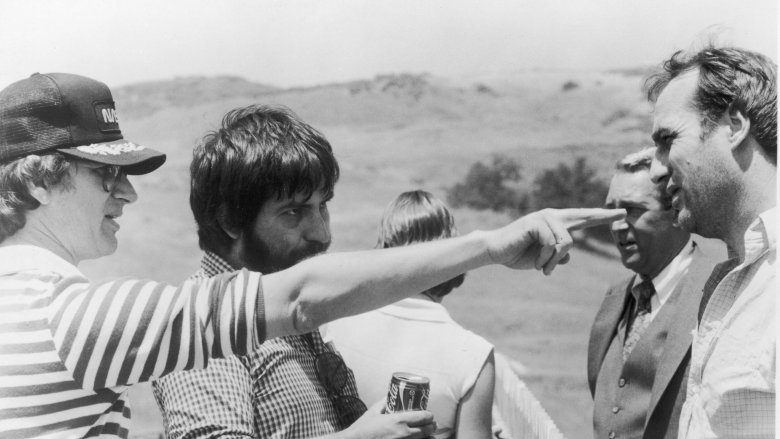
Ever since Poltergeist‘s release in 1982, film fans have argued about who really directed the famous ghost-’em-up: the credited director, Tobe Hooper, or the film’s co-writer and producer, Steven Spielberg? Even some members of the cast and crew have reported that Spielberg was so hands-on on the set that he was the one actually calling the shots and thus deserves credit for directing this one. Some even claim that Hooper “got lucky” in making Texas Chain Saw Massacre and the rest of his filmography show’s he’s not that talented, and he would thus need Spielberg to take over.
However, following Hooper’s death in 2017, Entertainment Weekly reported on an episode of filmmaker Mick Garris’s podcast Post Mortem in which Garris sets the record straight. According to Garris, while it is true that Spielberg was very involved on the set of Poltergeist, this was due to a combination of this being Hooper’s first big studio film and the fact that Spielberg is just a straight-up enthusiastic guy when it comes to movies. Dude was just excited to be making a movie and so maybe occasionally jumped in to help where he wasn’t needed, as Garris reports he had also done on the set of the film Used Cars. Also Garris attests to Hooper doing all the pre-production, being on set and calling “action” and “cut,” and being the one whose vision appears on screen. Spielberg himself says Hooper deserves the credit, and that itself should be enough to settle it.
Everyone who ever appeared in a Poltergeist film is dead
